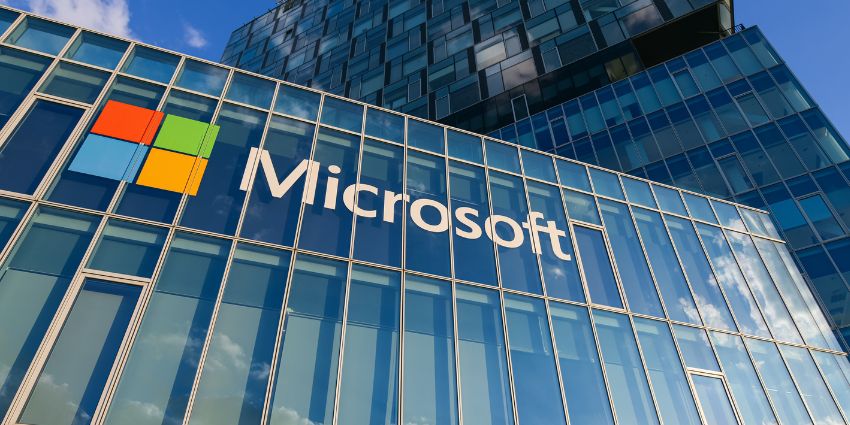For Graham Walsh, Enterprise UC Technical Director, EMEA at Crestron, enabling the user experience for meetings starts long before anyone gets into the room. While booking and scheduling is easily managed, the meeting experience begins when you walk up to the door and see your name and booking is displayed, and after that everything simply works — simply and easily.
With an 18-year relationship with Microsoft as both a customer and a partner Crestron have plenty of history and insight to draw on to create this reality, but their open UC platform means greater flexibility from the moment the meeting room door opens. As Walsh explains, “We have a heavy focus on Microsoft Teams and Zoom, but you can also use Webex, Bluejeans, GoToMeeting, Hangouts… We have the right device in the room so you plug in your laptop and away you go, in a BYOD environment which anyone can use”.
Bring your own preferences
This device-agnostic approach enables their customers to engage with their associates and collaborators without complications, and also to transition their own approach at will. Because, “organisations change. They have new leadership, a new CIO, and they’ll come in and go ‘I like that. Let’s go to this one’. Yes, you heavily invested in one platform, you just spent 1 million on whatever platform, but now it needs to change. So going with this open UC method gives that flexibility.”
“For us, within Crestron it’s not just about the UC platform or the different devices in the room. It’s about the whole room, the whole room experience,” he explains.
After all, the real estate for physical meeting space is at a premium in desirable city locations, as Walsh pointed out, the way every square is managed matters more and more: “Let’s say an organisation has 500 staff in the London office, today they may only have 300 desks, and far fewer meeting rooms. Space is a massive premium, so utilisation is key. Increasingly people want smaller more flexible huddle spaces instead, and sometimes building remediation has to happen, But the good news is that the price point of room systems have come down dramatically”. And with a managed meeting rooms service from various partners and vendors such as Microsoft, there’s a single point of contact for billing and support to simplify management too, instead of dealing with multiple suppliers.
The blended meeting space

Blurring the distinction between the physical space and the digital environment, room settings could potentially be saved at user level, even down to voice control — so when you reserve a meeting space in a new office in a new city, your preferences regarding screens, lighting, and your setup are remembered. And as hardware and software merge into one continuous experience, updates and improvements happen as a flow of ever-smaller increments — overcoming user resistance to change, and enabling the technology to get out of the way of productive working and collaborating. Deep user analytics let IT teams provide the exact combination of physical spaces, devices and software, to ensure their users can walk in and get on with zero friction.
That’s the real role of the perfect meeting room experience, to disappear completely, a hygiene factor which enables everything to simply happen without interruption. And it’s the future of productive work that Crestron is creating.







